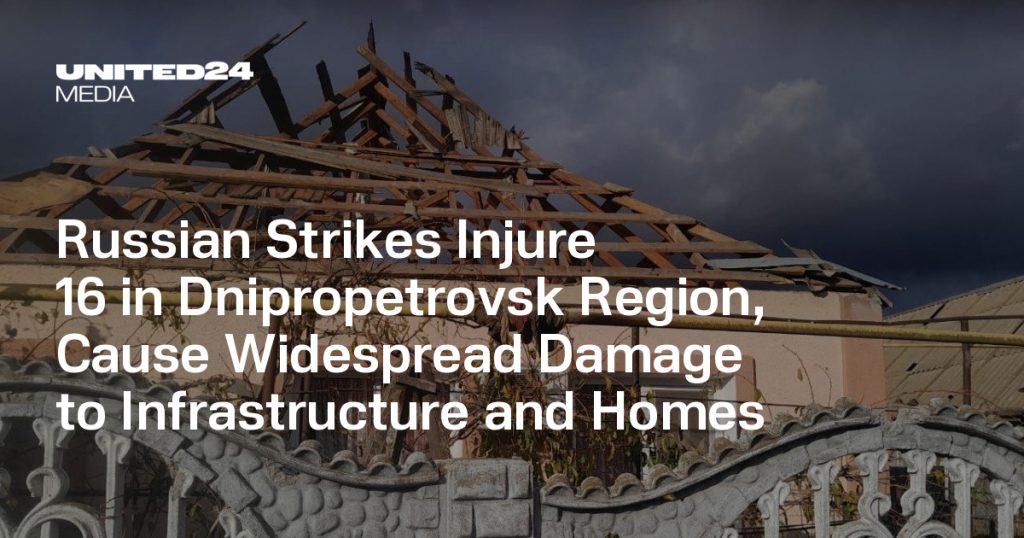Escalation of Warfare in Ukraine: October 20th Attack on Pavlohrad
On October 20, 2023, a significant escalation in hostilities between Russia and Ukraine unfolded as the Russian military launched a massive attack on the Pavlohrad district in the Dnipropetrovsk region. This assault involved a barrage of missiles and unmanned aerial vehicles (UAVs), resulting in dire consequences for the local population.
Casualties and Immediate Impact
The attack left 16 individuals injured, with 15 requiring hospitalization. Among these, four victims are currently in critical condition, while the remaining individuals suffer from moderate injuries. The information was shared by Vladislav Gayvanenko, the Acting Head of the Dnipropetrovsk Regional State Administration, via Telegram. This disturbing incident marks another chapter in the ongoing conflict, highlighting the vulnerability of civilians in conflict zones.
Damage to Infrastructure
In addition to the human toll, the assault caused significant damage to local infrastructure. One facility was reported destroyed, and a fire broke out, further complicating rescue efforts and emergency response. The situation was exacerbated by a subsequent drone strike that targeted the nearby Verbkivska community, which also ignited a fire. Such attacks illustrate the indiscriminate nature of modern warfare, where civilian areas become battlegrounds.
Broader Assaults in the Region
The deterioration of security in Pavlohrad reflects a larger pattern of aggression by Russian forces in the broader Dnipropetrovsk region. Reports indicate that the Russian army utilized artillery and FPV drones to attack various areas, notably the Nikopol region. Communities such as Nikopol, Pokrovsk, and Myrivska were all affected, suffering from significant destruction.
The assault in Nikopol led to the devastation of key infrastructure, including an agricultural firm, multi-story buildings, and two private homes. Essential services were disrupted, with damage noted to a gas pipeline and power lines, exacerbating the challenges facing the local population.
Targeting Critical Infrastructure
In the days leading up to this latest attack, the Russian military had also targeted a coal enrichment plant operated by DTEK in the Dnipropetrovsk region. While there were no reported injuries among personnel, the facility sustained considerable damage. Emergency teams from DTEK were mobilized to assess the full extent of disruption and to initiate recovery efforts. Such strikes against energy infrastructure are particularly alarming, indicating a potential strategy to undermine Ukraine’s energy resources as winter approaches.
Humanitarian Consequences
The continuous bombardment on civilian areas not only causes immediate physical harm but also creates long-term psychological trauma among the affected populations. Civilians living in these conflict zones experience the constant threat of violence, leading to a deteriorating quality of life. The humanitarian needs in such contexts are vast, necessitating international attention and aid.
The Ongoing Conflict
These recent attacks underscore the enduring intensity of the conflict in Ukraine, which has persisted since 2022. Attacks on civilian infrastructure, such as homes and energy facilities, illustrate the toll of warfare on the nation’s fabric, posing significant challenges to recovery and rebuilding.
Through the lens of this tragic event in Pavlohrad, we see not just statistics of casualties and infrastructural damage, but real human stories of resilience amidst adversity. It vividly portrays a war that continues to evolve, affecting lives and communities on an unprecedented scale.

